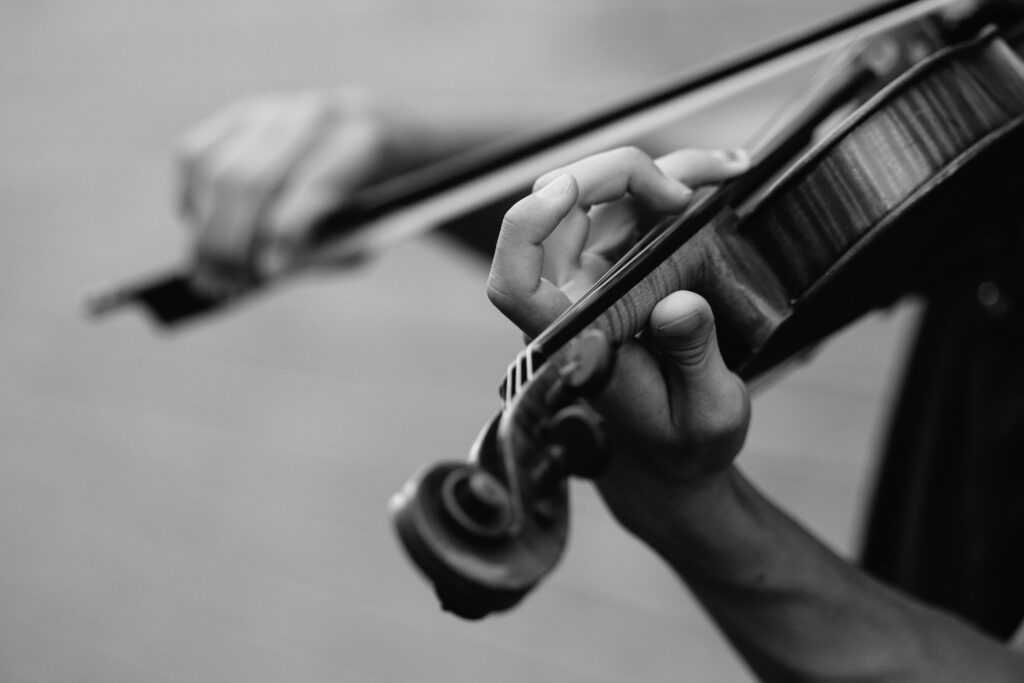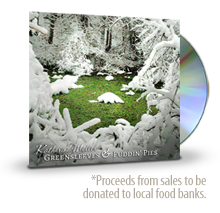Are you “should-ing” on yourself?
November 24th, 2021 by admin
I can’t tell you how many of my students through the years have come to me to ask if their progress is “normal”. “How far along should I be by now?” “Should my child already be finished this book?” Many of my students have also said to me “I should be able to play faster by now!” “I should be able to play without squeaking!”

Well, let me tell you that I have these thoughts too… Particularly things like “I should be able to play this easily, I am a professional!” “I should be better at playing in high positions, I am a professional!” For me, my should statements always end with “I am a professional!”
So here is the thing… the word should is not serving any of us!
It doesn’t matter if you “should” be able to do something… Playing an instrument is a highly complicated thing that really none of us “should” be able to do! I think it is amazing that any of us can do it at all!
When I am struggling with a piece that we are playing in Symphony NB, it doesn’t matter if I think that I should be able to play it easily. What matters is where I am now, and what I am going to do to get to where I want to be!
So, if I am working on a piece for the symphony that is faster than I can play, I start working on it slowly. I get out my metronome, and I work on speeding it up. If I am working on a piece that is in high positions, I figure out my fingerings and shifts, then I set out to practice, again with my metronome, but also with my tuner!
We all need to let go of this idea of “should”. It doesn’t matter how fast someone else has learned something or whether they are playing better that us. What we need to do is do an analysis of where we in fact currently are. It is important to pay attention to where we actually are, and not where we want to be in this first step.
Next, we need to figure out where it is that we want to be. For me with Symphony music, I head to YouTube and listen to recordings of the music. I use this to find out what speed I can expect the piece to go. This gives me my goal.
Step 3 is to come up with a plan. For me this includes scheduling my practice time and figuring out what tools and techniques I am going to use. Usually where my issues are generally speed and playing in high positions, I know that my tools and tactics are going to be repeating the passages with my metronome and tuner.
And finally, execute the plan. None of this works without actual execution. It does me no good to come up with a plan and then spend my time playing fiddle music that I enjoy playing and can always play well.
By spending time thinking about “should”, we are simply beating ourselves up without getting any closer to what we want!
So, I give you permission to release your concern about what other people are doing, or what they are achieving. I want you to go ahead, assess where you are, figure out where you want to be, make a plan, and then execute it!
Comments are closed.


